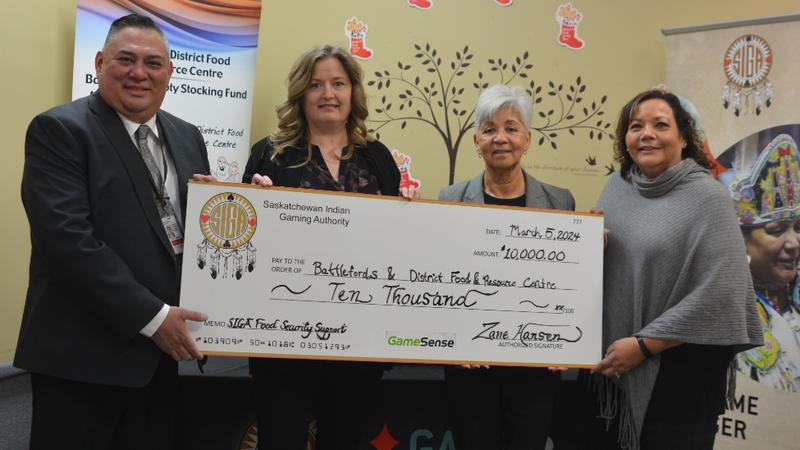
City lawmakers receive preliminary data from community safety survey
How do residents perceive safety and crime in their community?
That question was centre stage as early results from the community safety survey were presented to municipal lawmakers Monday night.
Project lead Dr. Tarah Hodgkinson, an expert in criminology, outlined findings from the survey, which upon further analysis, will play a crucial role in crafting future programs and initiatives and be used to measure their success.
Some key results from the initial data show people in North Battleford have good relationships with their neighbours. A number of participants said they know their neighbours, can identify them and know their neighbourhood name. However, the survey showed people are much less involved in formal initiatives or get behind collective advocacy work.


